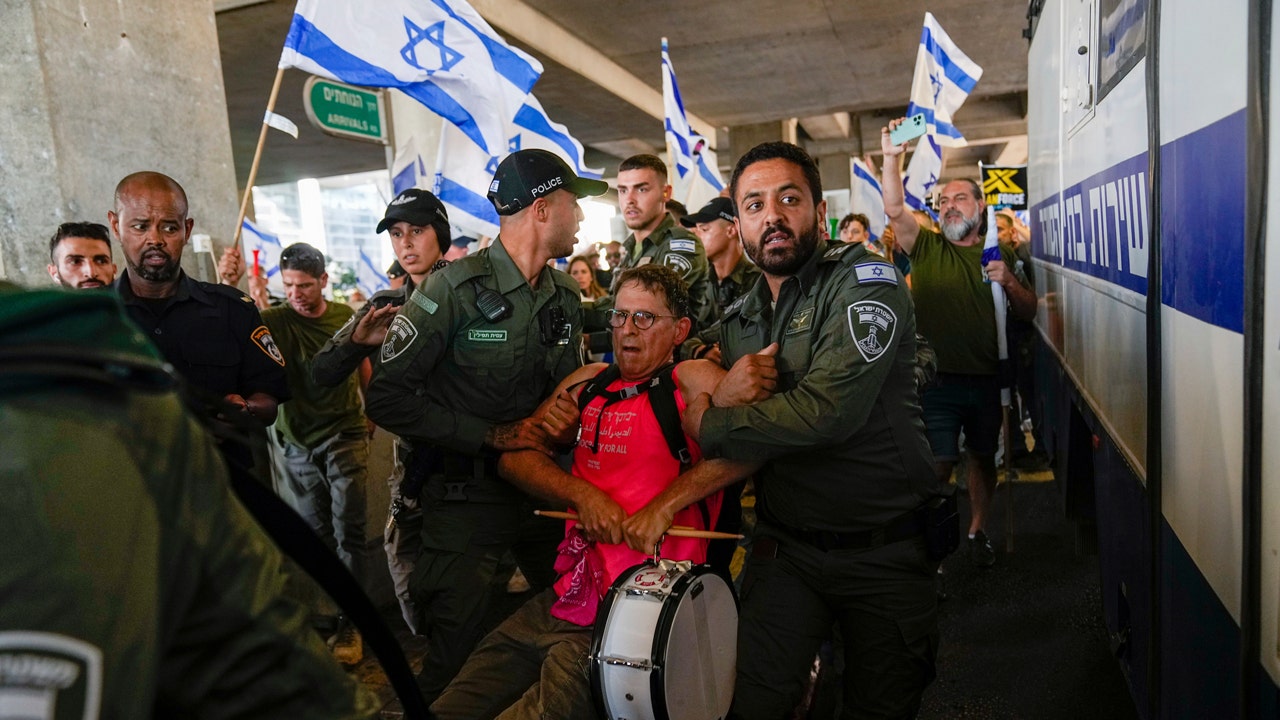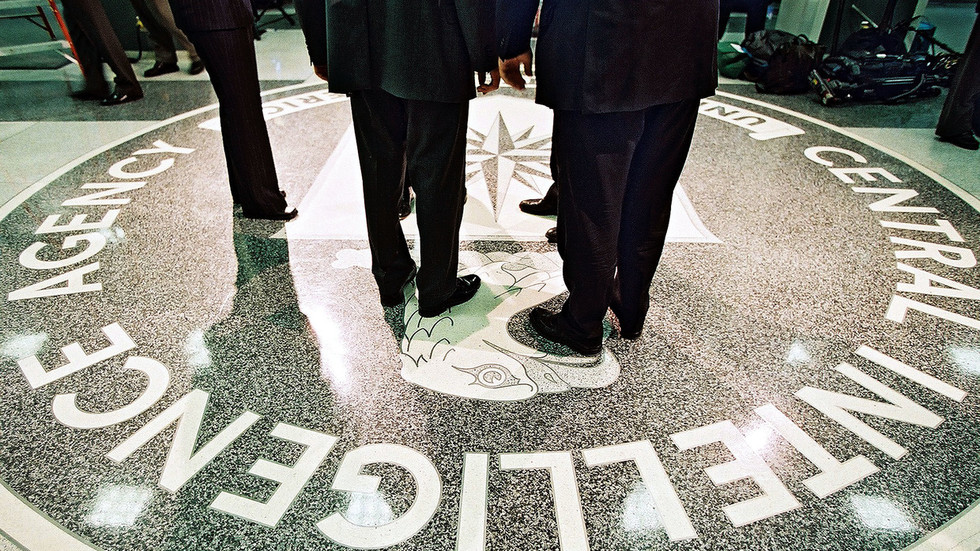For at least one generation of “Transformers” fans, the death of Optimus Prime in the 1986 animated feature “The Transformers: The Movie” was a formative moviegoing experience, if not a fully traumatic one.
The backlash to Hasbro’s decision to kill off the Autobot leader to make room for new toys was so swift and loud that it largely kept the franchise relegated to kids entertainment until Michael Bay forced it to grow up — to adolescence, anyway — with his series of live-action films. With the release of “Transformers One,” director Josh Cooley hopes to find a middle ground between the animated series’ childish adventures and Bay’s sophomoric hijinks as he explores the events that transformed starry-eyed droids Orion Pax (Chris Hemsworth) and D-16 (Brian Tyree Henry) into future archenemies Optimus Prime and Megatron. Along for the ride are B-127 (Keegan-Michael Key), soon to become Bumblebee, and Elita-1 (Scarlett Johanson) as they navigate an age in the history of Cybertron that turns out to be anything but golden.
Ahead of the Sept. 20 release of “Transformers One,” Cooley spoke to Variety about the Unicron-sized shadow that “The Transformers: The Movie” cast on his own animated project and the various influences, from Biblical epics to Michael Bay’s live-action films, that shaped his vision for this never-before-seen slice of “Transformers” mythology.
How much, if at all, did “The Transformers: The Movie” factor into your approach to “Transformers One?”
When I was seven years old, I saw it in the theater at a friend’s birthday party, and we were all kind of shocked at Hasbro attempting to wipe the slate clean and create new characters. I went back and watched it before I started on this film, and the feeling I remembered from seeing in the theater was just the scale of it was massive — Unicron coming in and just taking out the planet. Even “Star Wars,” at the time, never felt that big. That was the thing that I wanted for this film: because we don’t have the human scale to relate to, I wanted to go the opposite direction. So instead of the robots feeling big, it’s the world’s around them that’s big, Cybertron itself.

What were your visual hallmarks in creating this world?
I wanted to start with G1, which is the series we grew up watching. There’s something really clear about the design of those characters and something iconic … everything seems to be based on that. So we started with Floro [Dery], who was the original designer of all those characters. And then the other thing to give it its own little something different was to draw on art deco and how that design style from the ’30s was all about post post-depression — that everybody’s feeling better and things are going well. And this was a Cybertron where things are going well before it starts to fall apart. And so that design style is always about how grandiose and how elegant everything can be. The Empire State Building and the Chrysler building, that design style feels like a robot actually crafted those. So that was something that we used for the production design of it, and even brought into the character design as well.
Obviously, you have to end up with Megatron as a villain. But how did you ensure you didn’t betray, or overplay, the friendship between the two of them?
The thing that I really hung my hat on was the relationship between the two of them and making sure that it wasn’t, “I don’t like you anymore, I hate you, now we’re going to fight.” [The conflict comes] because they believe they both have the right answer to this problem. And the more that the ultimate bad guy is bad, that makes you sympathize more with Megatron because you understand where he’s coming from. And from the very beginning, I really wanted to make him somebody who you could understand where he’s coming from, so you feel that relationship more and it’s not just somebody who turns evil to turn evil.

Tonally or from a storytelling standpoint, were there movies that served as a touchpoint for what you wanted to capture?
“Dawn of the Planet of Apes” is a great example because [Caesar and Koba] both have the same goal, but one wants to do more with it than the other. I was looking at anything that had brothers or friendly relationships that fall apart. The things that got me most excited was looking at “Ben-Hur,” or “The Ten Commandments,” or “Spartacus,” these big epic tales that have a core relationship that kind of falls apart the middle of them. Because originally when I read the script, I was like, this feels pure good-versus-evil in the biblical sense, like Cain and Abel to me. And that’s why I went to these early films that were large in scale, but very personal at the center.
The Michael Bay movies have created their own visual and narrative ecosystem. How consciously did you want to differentiate this reality from that one?
Well, the fact that this is animated already makes it very different. And also being that “Transformers One” takes place on another planet, we can have different looks immediately. So being able to push the look of it, and also not having to, as with the live-action ones, to have everything look like it’s 100% there, 100% real. If you put a real person in our movie, they won’t line up, because that’s not the goal. So it allowed us to simplify some things and make things a little bit more clearer. Sometimes, especially when robots are fighting and they’re in a similar size, it can be hard to read. So I wanted to make sure that with ours, the color really pops so you can tell who is who right away.
Also, the fighting style. Lorenzo di Bonaventura and Mark Vahradian, who worked on all of the live-action films as well, were showing me how they would use motion capture to bring in some fight experts. It actually made me decide that’s not what I want to do, because it had the feeling of two people in suits fighting each other. So I decided that we needed to utilize the ability to transform as a way to attack and defend. And I loved thinking about what can make this film different from anything that’s ever been done before.

There are some beautiful images in the film, particularly toward the end when Orion Pax is beginning to transform into Optimus Prime. How tough is it to incorporate those artistic flourishes when you’re dealing with storytelling that is meant to be for audiences of all ages?
That’s one of my favorite sequences in the movie, if not my absolute favorite. I totally agree with you that it is more abstract and impressionistic than anything else in the film. But at that point, if we’ve got the audience, they know what’s going on, and I felt confident that we could lose any kind of sound at all in there and mostly just let the music carry it almost like an opera. And then that makes naming him Optimus Prime for the first time so much more impactful if that’s the only thing we’re really hearing in terms of dialogue. But I’m of the belief that kids are way smarter than we think they are. Having worked on “Inside Out,” I remember sitting in the audience preview and just crossing my fingers hoping that this whole idea of the mind made any sense at all to kids. You had their parents in the audience saying, “My kids aren’t going to understand this movie,” but their same kid just said, “I totally get this,” and told us the theme of the movie. So it just needs to be clear. And that doesn’t simple — it just needs to be clear.
The death of Optimus Prime in “The Transformers: The Movie” was driven by the toys. That was, at the time, a controversial decision among fans. But in intervening decades audiences have gotten more sophisticated, and so has animation. How mature or “adult” did you want to go with this?
Well, if there was any conversation at all, it was more about how things were presented on screen. We had some more obvious [moments of violence], not even at the end of the movie, but early on we had some shots that were very clear — you’re just seeing it. And the note was, “that might be too much.” And I was glad to get the note, because it allowed me to almost … not show the shark in “Jaws,” you know what I mean? Where, here’s the violent act, but you’re not really seeing what’s coming out of it, which actually makes that even more intense. So it was just finding that balance, knowing that this was going to be a film that’s for everyone. I think even with the climax of the film between the two of them, it was like, let’s show what feels right and not get over the top with it.

How much policing was there of the mythology by Hasbro to not go too far afield of the mythology that’s already known?
Everybody knew from the very beginning that this was a reboot … a different continuity of what’s been done before. So we had our four main characters [Optimus Prime, Megatron, Bumblebee and Arcee] that we all knew had to be in it. And then I got a whole bunch of lore from Hasbro about different versions of what’s happened in the past. I also did my own research on the lore, but at the same time, it was all about not getting too caught up in the weeds, because the last thing you want is a history lesson just being told to you if it’s not emotional. So knowing that the relationship between Optimus and Megatron was going to be the emotional thing, it was like, what can we use to support that? There was no mandate to use this character or that character. It was all what was best for the story.
To what extent did this film set up a narrative trajectory that leads towards the mythology that audiences already know?
The cool thing about this being an origin story is we were able to go back further than anything that’s ever been seen on film before. And so knowing that these two were going to be “breaking up” at the end, that means there’s a lot of story before they end up on Earth. So that was kind of as general as we thought about it. It wasn’t like, “let’s plan out everything else that’s happening.” It was just more like, once they break up, that’s their arc for the story — and there’s definitely room for it to keep going.

This interview has been edited and condensed.
.png)









 English (US) ·
English (US) ·